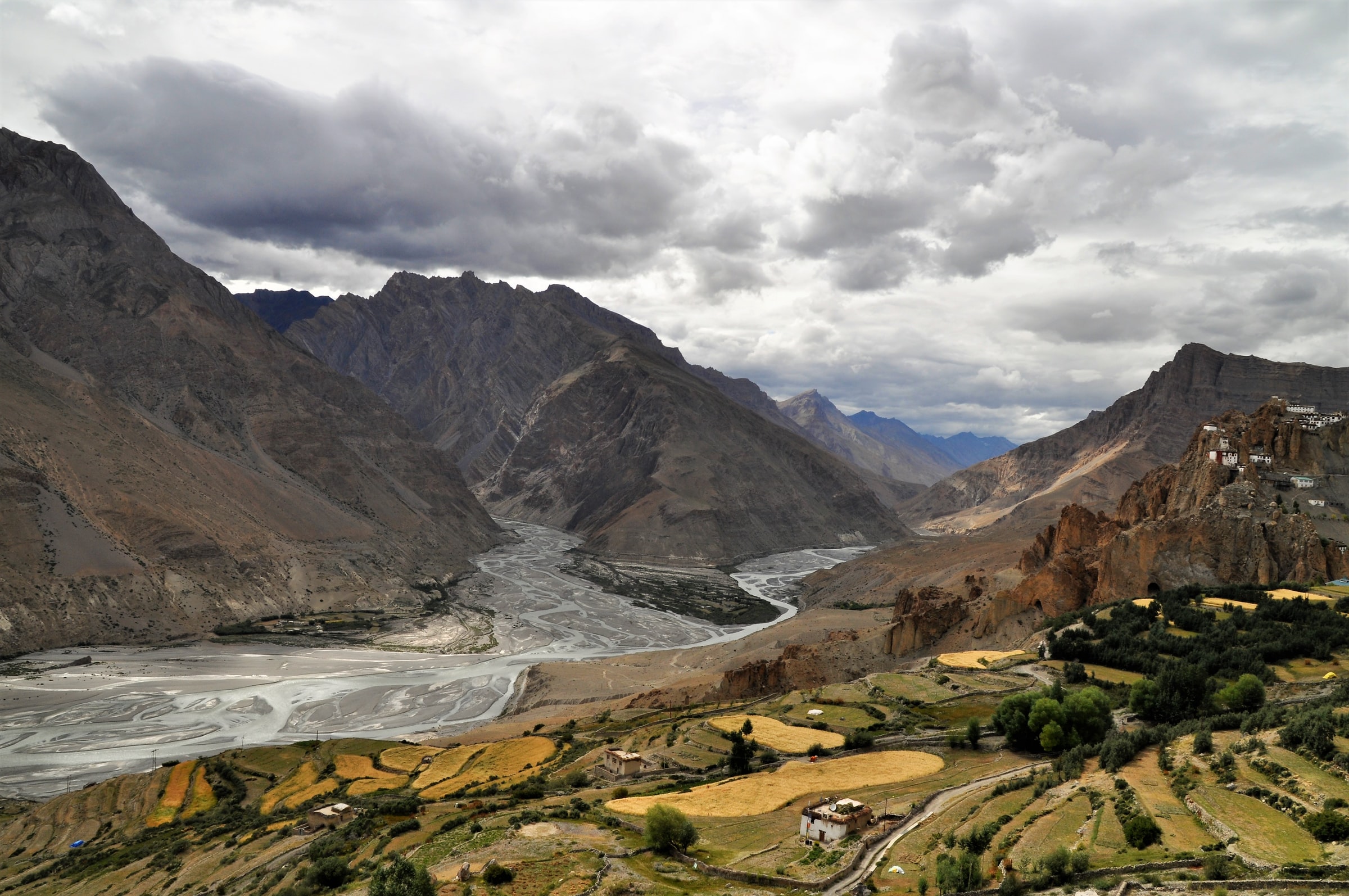Resilient settlement in Himachal Pradesh
Course Name: Resilient settlement in Himachal Pradesh
OCW type: Course
Higher Education Institution: National Institute of Technology (NITH), Hamirpur

Description of course
Aim: To understand the concept of resilience and its importance in hill settlements.
Course Objectives:
1. To study the concept of resilience and its relationship with sustainability
2. To study the vulnerabilities in hill settlement(s)
3. To study various relevant literature and identification of important factors determining resilience
4. To collect the data and analyse the resilience in hill settlement(s).
Learning Outcomes: Concept of resilience, its importance and its relation with sustainability; determining the status of resilience in hill settlement(s) and the development of suitable strategies for enhanced resilience.
Course Structure
Course Duration: 16 weeks
Course Frequency: The course designed to be conducted every.
Course Format:
1. Lecture: Concept of resilience; its relationship with sustainability
2. Lecture: Definitions of resilience; Importance of resilience; Resilience Theory; Types of Resilience
3. Lecture: Community resilience; Effect of Climate change and natural disasters on resilience
4. Lecture: Vulnerabilities and its assessment in hill settlement(s)
5. Exercise: Study of Vulnerability Atlas; Disasters and its Management in Himachal Pradesh
6. Exercise: Literature review of various studies on community resilience and identification of factors
7. Exercise: Study area and relevant data collection
8. Exercise: Analysis and discussion.
Course Content
Prerequisites for participation: All the admitted students of M.Arch. (Sustainable Architecture), Department of Architecture, NIT Hamirpur.
Course Syllabus:
Unit 1
- Concept of resilience; its relationship with sustainability
- Definitions of resilience; Importance of resilience;
- Resilience Theory; Types of Resilience: Psychological, Emotional, Physical, and Community
Unit 2
- Community resilience;
- Effect of Climate change and natural disasters on resilience
- Vulnerabilities and its assessment in hill settlement(s)
Unit 3
- Measuring Community Resilience.
Course Assignments:
1. Exercise: Study of Vulnerability Atlas; Disasters and its Management in Himachal Pradesh
2. Exercise: Literature review of various studies on community resilience and identification of factors
3. Exercise: Study area and relevant data collection
4. Exercise: Analysis and discussion; conclusion
Expected time spent on course:
Time spent in hours: 100 hours
Time spent in ECTS (European Credit Transfer and Accumulation System): 4 ECTS
Course Grading
Assessment Criteria and Distribution of Marks:
|
Stages & Details |
Percentage of Total Marks |
|
1. Introduction: Resilience |
5% |
|
2. Study of Vulnerability Atlas; Disasters and its Management in Himachal Pradesh |
15% |
|
3. Literature review of various studies on community resilience and identification of factors |
20% |
|
4. Study area and relevant data collection |
10% |
|
5. Analysis and discussion |
20% |
|
6. Conclusion |
10% |
|
7. Final viva voce |
20% |
|
Total |
100% |
Course Evaluation
Evaluation Procedure & Criteria:
The evaluation Procedure & Criteria is as per Section 7. Evaluation and Grading system for Course work/project/training (7.2.c Studio Courses Having Lectures and Drawings) given in Ordinances for Master Programmes of NIT Hamirpur, available at: https://www.nith.ac.in/uploads/topics/15826280304025.pdf.
Faculty Evaluation:
National institute of Technology, Hamirpur has an institute wide faculty evaluation format which is filled by students at the end of every semester.
Student Evaluation:
Students are evaluated at a continuous basis. Student Evaluation process includes timely submission of report(s) and presentation of work.